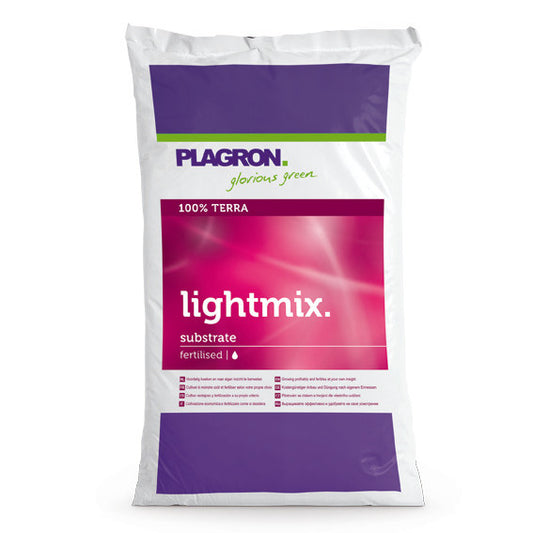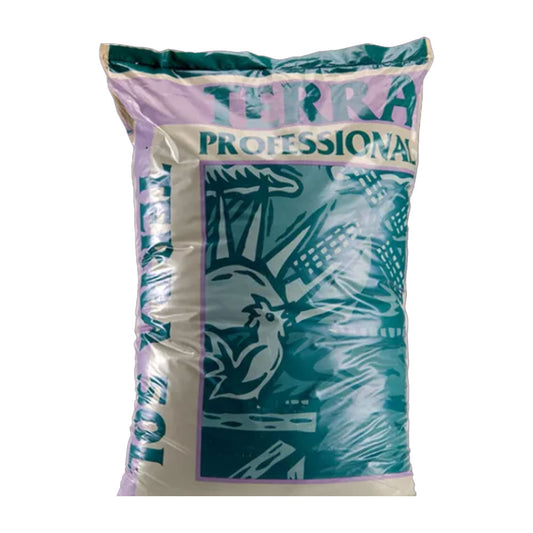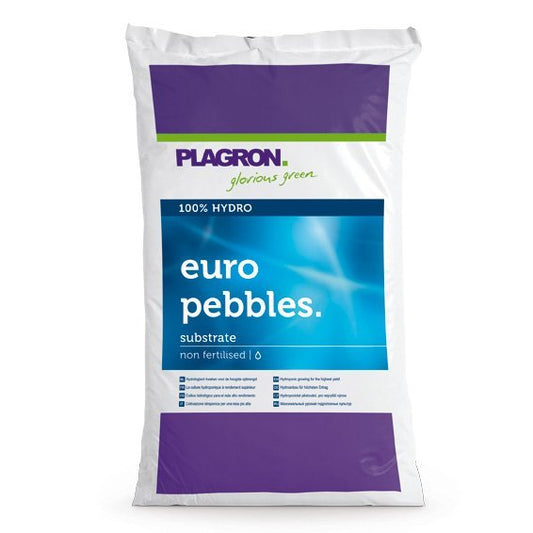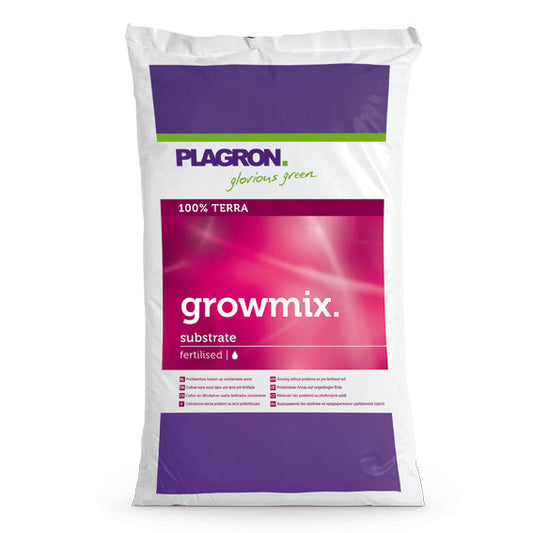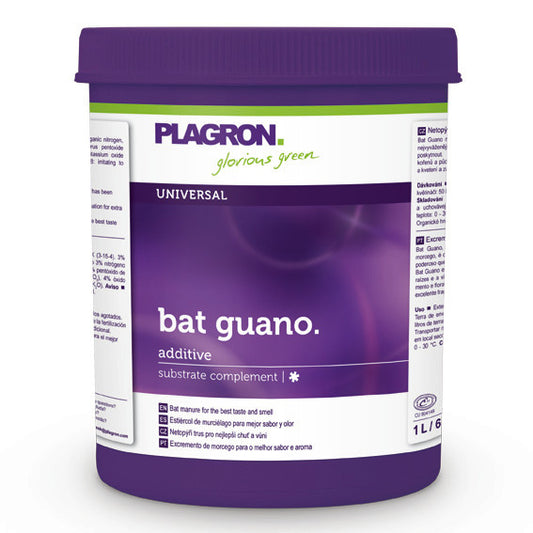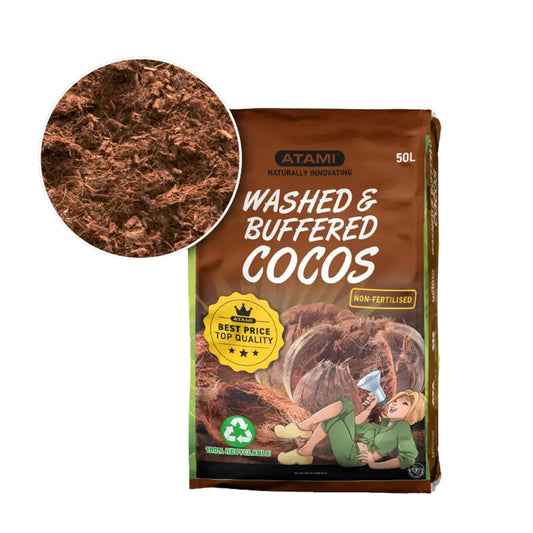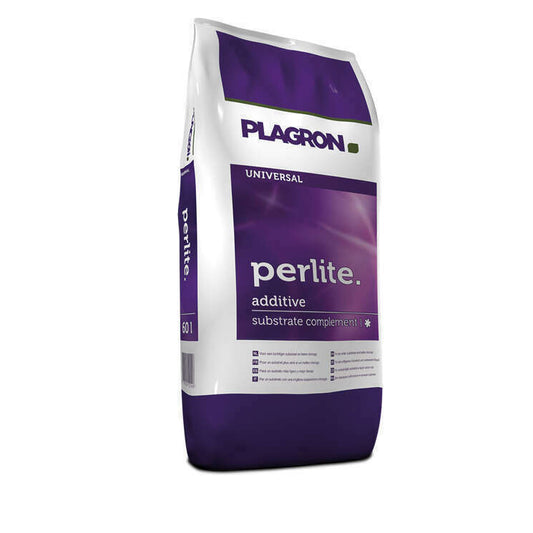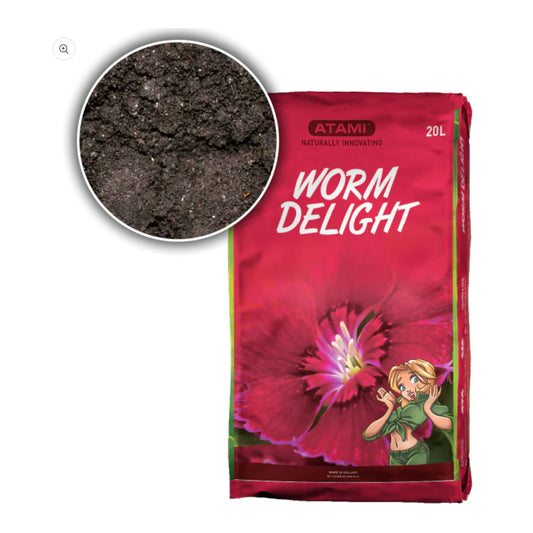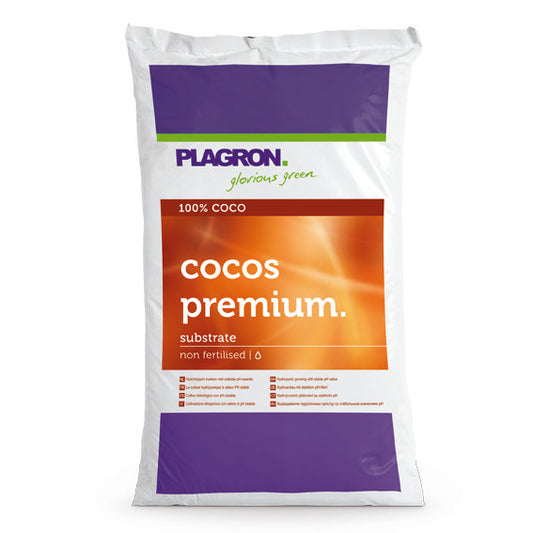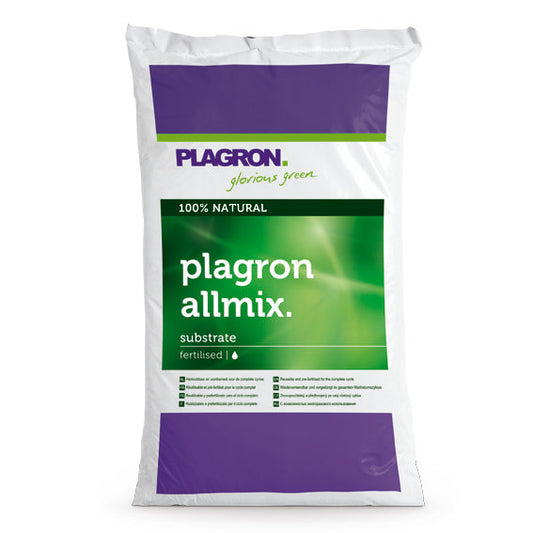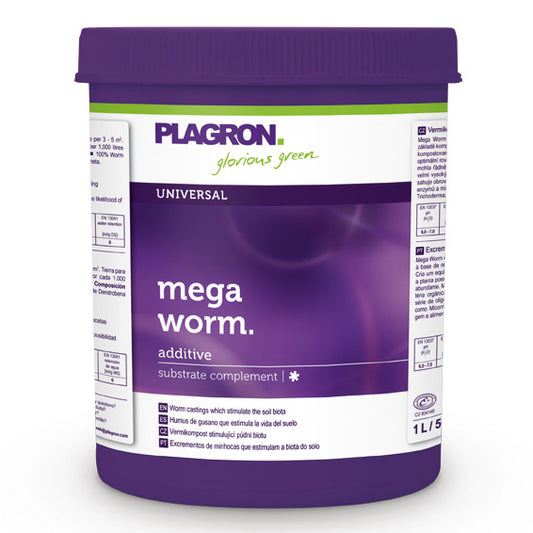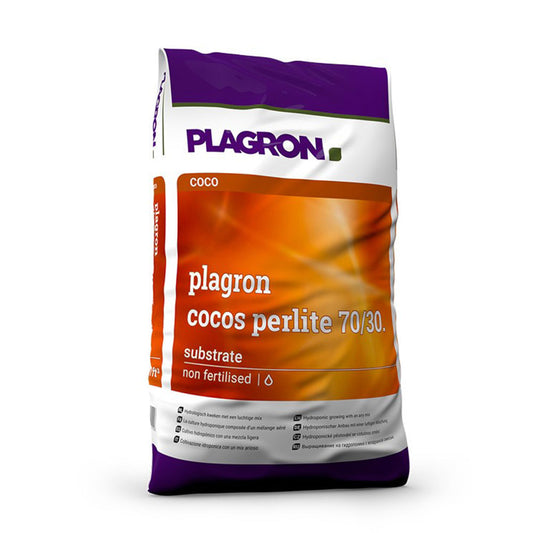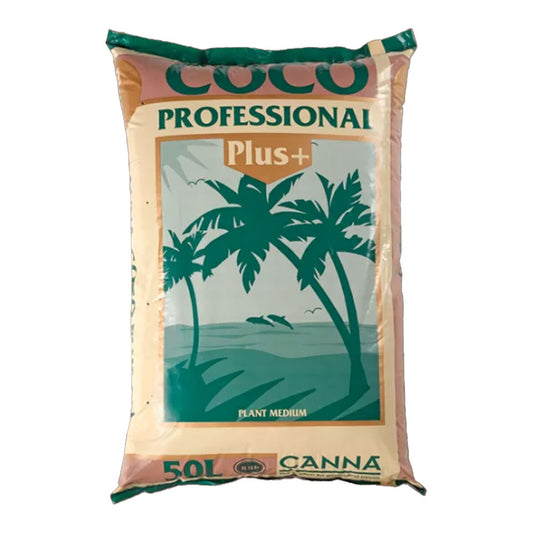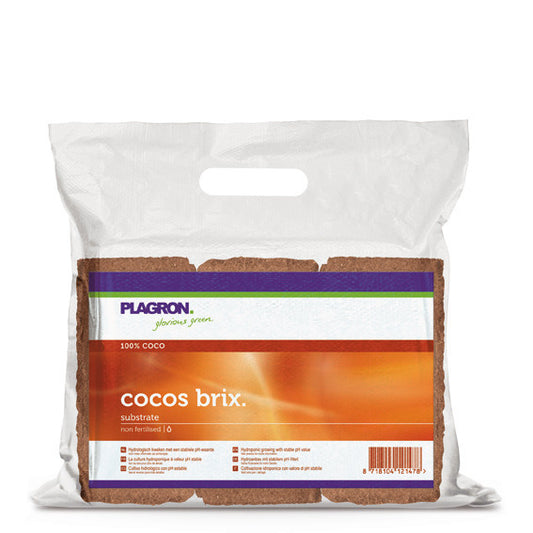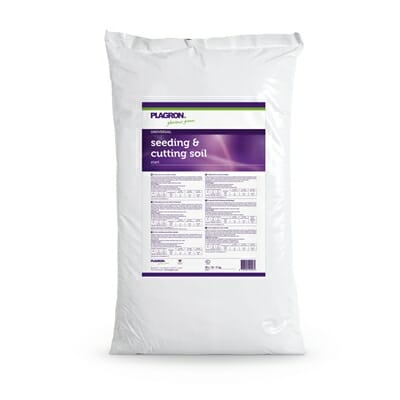How to choose a substrate?
The substrate is the first decision you will make when choosing a method for growing your plants. When making this choice, you should think about several factors:
• Drainage and aeration of the root system
• Nutrient content and retention of nutrients you add
• pH levels
Substrate options generally come down to:
• Organic soil (heavily fertilized soil or lightly fertilized soil)
• Inorganic substrates such as perlite, expanded clay, rock wool
• Organic soil in combination with inorganic (inert) substrates, which is the most common substrate mix
• Without substrate (the popular method is the Short method, which is a variant of a hydroponic system - in it, plants live in a solution of water and nutrients)
Growing in organic soil
We will start with the advantages of growing in soil. First of all, soil is the natural environment in which plants live. It is rich in organic nutrients and trace elements such as nitrogen, phosphorus, potassium, calcium, magnesium, sulfur and iron. These and other elements are absorbed by plants more slowly compared to other inert substrates or in the absence of a substrate. This is not bad for novice gardeners because:
• Extends the period in which nutrients are available to the plant and thus reduces the risk of insufficient fertilization
• On the other hand, it reduces the risk of “burning” from excessive fertilization
The taste and aroma of a crop grown in organic soil is usually the gold standard among gardeners. While other substrates and growing methods increase the quantity of yield, the quality of fruit grown in soil is what all growers strive for.
The disadvantages of growing in soil are:
• Soil structure and properties can vary greatly. For novice gardeners, this carries the risk of applying advice that is appropriate for one type of soil to another.
• Growth during the growing season and flowering period of plants in soil is usually weaker compared to those grown in soilless substrates.
• The soil is susceptible to pests and diseases.
• Controlling nutrients and pH is more complex with organic soil because it has its own influence on these factors. Whereas with inert substrates such as expanded clay, rock wool, perlite and even coconut, pH and nutrient values are only affected by what the gardener does.
-> Read more about soil types and their benefits in our Soils collection.
Growing in hydroponic systems with expanded clay, perlite and rock wool
Although in theory, hand-growing in soilless media is possible, in practice it is not widely used. Therefore, we will talk in general about growing in hydroponic systems, where these media are most commonly used.
The benefits of growing plants in inert substrates are mainly three:
• The gardener has complete control over the environment – pH, EC, nutrients and moisture.
• With an experienced gardener, we can expect faster vegetation, more abundant flowering, and greater yields.
• The substrate can be reused many times.
The disadvantages of hydroponic systems are related to their demanding nature:
• Many factors must be considered when mixing the nutrient solution and these must be monitored regularly.
• Most hydroponic systems rely on the availability of direct current – for those gardeners who have chosen remote areas, this is not always possible.
• Last but not least, the investment in a hydroponic system is higher compared to traditional cultivation.
-> See more about soilless substrates in our inert substrates section.
Growing in coconut (coco coir)
Coconut substrate can be used with hydroponics, where it will acquire some of the characteristics we described in the paragraph above.
However, the benefits of coconut are significant:
• The coconut substrate retains water wonderfully, but without causing root rot.
• It has a high cation exchange capacity, which means it also retains nutrients from your fertilizer very well.
• Coconut fiber is a renewable and environmentally friendly product.
• Coconut can be sterilized and used repeatedly (economically efficient) or composted.
• This substrate is lightweight and easy to work with.
Unfortunately, coconut is susceptible to pests and diseases and is not very effective at anchoring the plant - when growing coconut, it is advisable to use support structures.
-> See more about coco substrates in our coco section.
You can always count on assistance from the experienced team ofgrowshop gardener, when choosing soil or substrate for your plants.
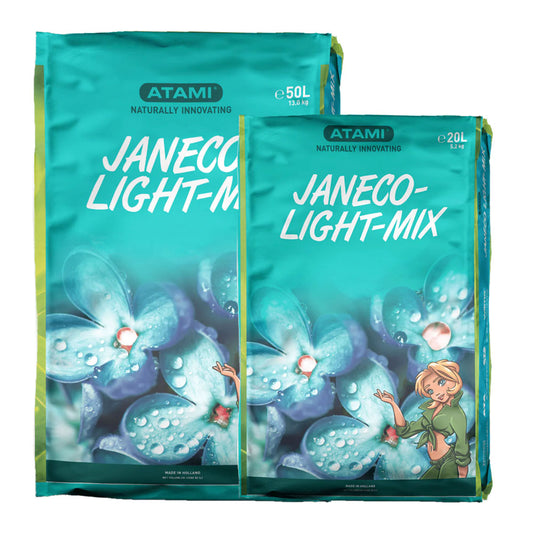 - 20%
- 20%




